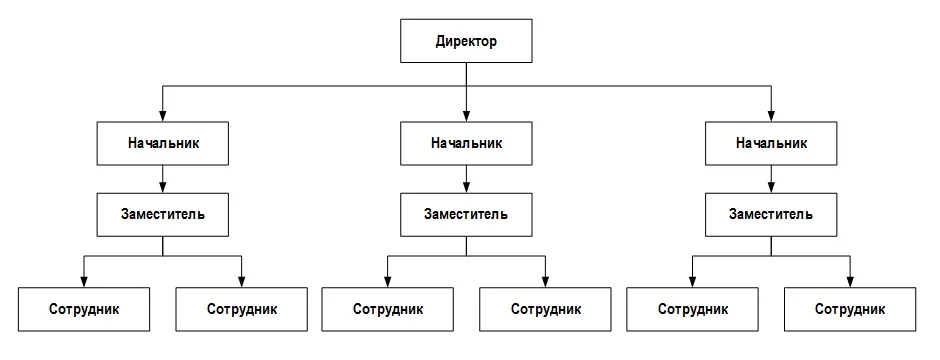The article describes the most common management models that are used in Russian companies. In particular, a comparative analysis of the characteristics of the functional and process approach to the organization of the management system is given.
The process approach was formulated in the second half of the last century and still remains one of the most effective methods of organizing a management system in a company. The cornerstone of this methodology is the concept of “process”. A process is a collection of interrelated activities that transforms inputs into outputs that are of value to the customer. Thus, the concept of the process approach as a management system consists in identifying specific business processes of the company, defining one of the participants as the owner of the business process and delegating to him the authority and responsibility for managing this process.
In this case, the company is considered as a system of separate types of activities (business processes) aimed at achieving a specific result and interacting with each other through inputs and outputs. The following can act as inputs to the process methodology: information, documentation, materials, equipment, human resources, and so on. Outputs of business processes are the result of an activity that has value for both an external customer and an internal one. It should be noted that an important distinguishing feature of the process approach from other management models is not only the separation of business processes, but also their constant improvement.
Unfortunately, despite all the advantages and benefits of the process methodology, most domestic companies still use a functional management model. In contrast to the process approach, at the heart of the concept of a functional approach to management, delegation of authority and responsibility is carried out through the functions performed. In other words, the functional approach consists in combining employees into separate structural business units (departments, departments, etc.) according to the principle of uniformity of the activities performed with a rigid vertical hierarchy.
Let's look at how functional and process management models are implemented using the example of an abstract company. Let our company have the organizational structure shown in the figure

The functional management model, in this case, will look like this

, , . , ( , ..) , . , , . , , . -.
:
, ( ).
.
( — ).
:
.
.
, .
.
.
(KPI), .
.
, , , .

, - - . – -. (10-20% ), - (80-90% ).
, , , : -, -, KPI -, .
:
, .
- , .
( , ).
, .
.
(, ..).
, -.
.
- ( ).
, , . , , . , , . , , , .
, , . . !